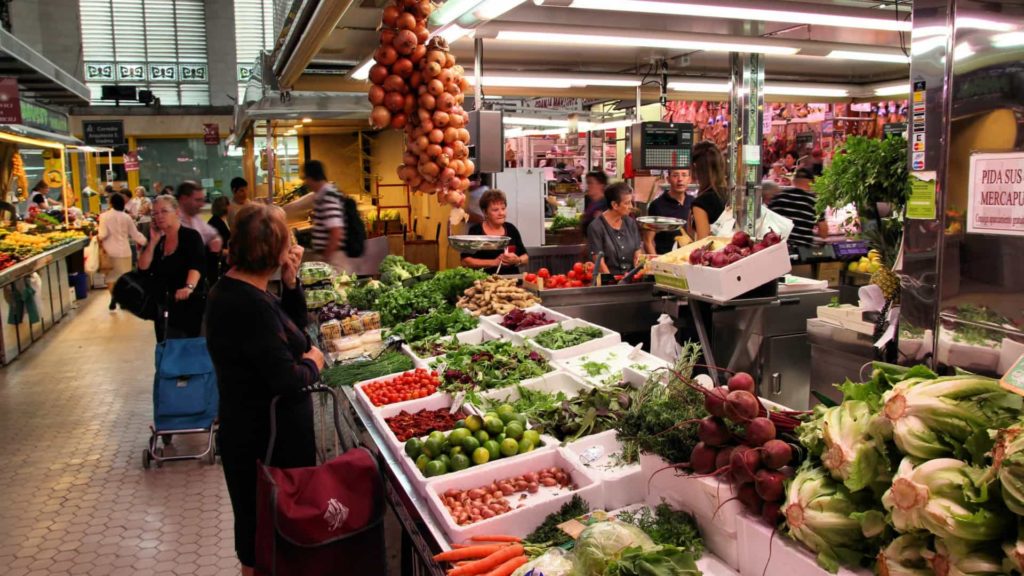RIO DE JANEIRO, BRAZIL – The city of Córdoba, the second most important in Argentina, had started to relax its isolation measures two weeks ago, reopening businesses and food and wholesale markets. With 87 percent of coronavirus cases in Greater Buenos Aires, the country’s other provinces began to relax measures in some sectors. However, the outcome was not positive.

In just three days, the North Market, the oldest and most visited market in the city, a few blocks from the historic center of Cordoba, recorded 61 cases of infection and two deaths among workers, visitors, and people connected to the place. The provincial government then decided to reverse its relaxation and return to the “lockdown”.
Only the smaller food markets were allowed to continue operating, with the mandatory wearing of gloves and masks, in addition to a limited number of consumers inside stores.
Identified as one of the main causes of the spread of the virus, traditional markets worry Argentina, where controls are stricter, as well as other Latin American countries: “The traditional markets are popular in Latin America and have a very marked presence where there is a large mixed-race or indigenous population,” describes Carmen Yon, an expert in health anthropology and health issues in the Amazon and Andean regions of Peru.
“It is important not only because of the commercial activity, but because it represents a place of coexistence that dates back to the region’s past. That is why quarantine has been difficult in Peru. Despite the announcement of harsh measures, these contamination hotspots continue to spread the virus.”
In a fruit market in Lima, 80 percent of vendors were diagnosed with Covid-19. It was forced to close. Then the government conducted tests in two major food markets, Caquetá and Surquillo, and the results showed that 65 percent of workers were infected. They were also forced to close. “We are consistently testing people in the markets because they concentrate so many people. If we find that the rate of contamination is higher than 30 percent, we have to close them until further notice,” says Cristina Nina, Mayor of the San Juan de Miraflores district.
In many markets, such as La Merced, in Mexico City, where police watch the entrance, in addition to the crowds inside, there’s also concern about the surroundings, as these areas concentrate street vendors, who set up makeshift stalls. The same is true for La Salada, in Greater Buenos Aires, one of the largest in Latin America, whose vendors can no longer stand the restrictions. They’ve been living with the measures for almost 70 days. “There’s no way, we live from this, the alternative is to set up the stalls around the market and, when the police show up, we run,” says Diego Trujillo, 36, who sells winter clothes.
Bolivia is another country where traditional markets play a key role in the regional economy. In the Andean region, this type of trade is part of the indigenous tradition and, obviously, generates large crowds, mainly during weekends, when people travel from rural areas to small urban centers to sell and buy products. Recently, interim President Jeanine Añez’s government began to reopen some of them. However, in some towns and in the capital La Paz, they remain closed. In El Alto, a stronghold of support for former President Evo Morales, there is another aspect: protests and looting are taking place to press for the opening of markets and to demonstrate discontent with Añez.
Source: Folhapress

